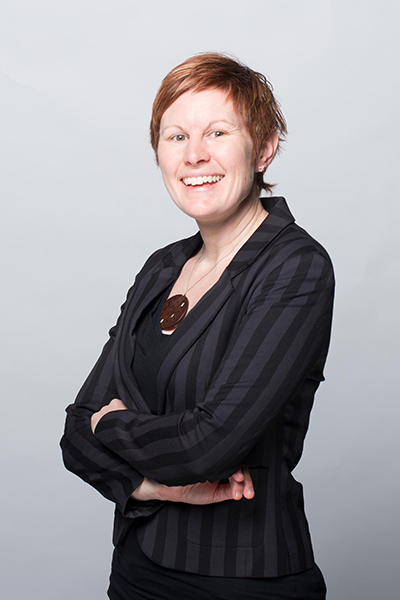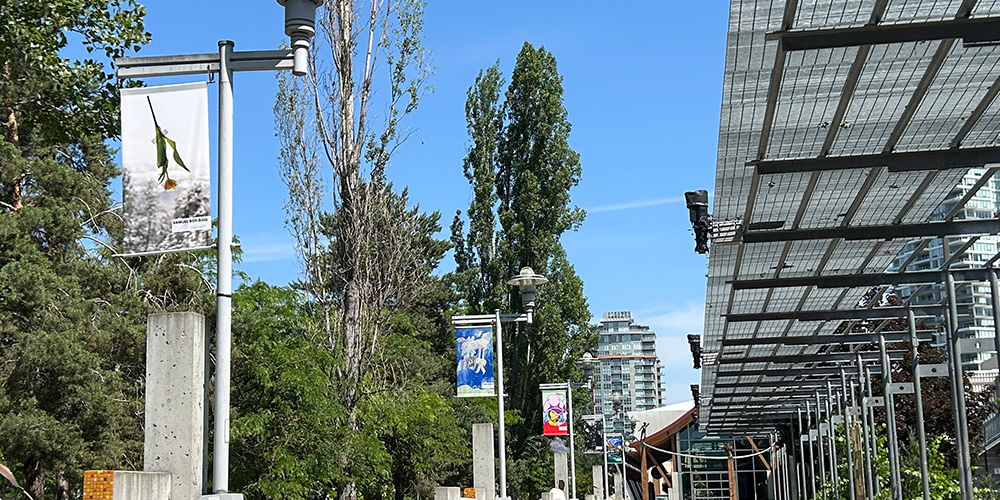Creative practice and scientific research can unite to address pressing challenges. Disciplines like art and science, which are often seen as separate, can thrive when brought together, this convergence fosters innovation, discovery, and collaborative problem-solving.
In October 2025, the SCI_ART symposium was held at UBCO Okanagan to create space for showcasing and discussing these intersections through deep conversations, moderated panels, and networking opportunities that connect universities, governments, artists, scientists, and the public. The program brought together artists, scientists, and thinkers to explore how creative practice can illuminate urgent issues of our time.
The event welcomed international artists from across the European Union, pairing them with local researchers and artists to engage in conversations around pressing global issues such as climate change, server infrastructures, coral reef rejuvenation, and broader ecological transformations. These discussions are not only timely but deeply rooted in the realities of our changing world.
SCI_ART Kelowna included international artists Felix Lenz (Austria), Borut Jerman (Slovenia), WhiteFeather Hunter (Canada), Ruby Singh (Canada), Swamp_Matter (Eva Garibaldi Netherlands / Ana Laura Richter Slovenia), Teresa Almeida (Portugal), Fiona McDonald (Ireland), Przemysław Jasielski (Poland), along with artists from UBC Okanagan including John Desnoyers-Stewart, Astrida Neimanis, Gao Yujie, and Megan Smith.
Felix Lenz’s keynote on the ecology of images set the stage, examining how power and perception shape our planetary future. In his performative lecture, Lenz interweaves research, screenings, and live elements around his latest essay film Brute Force. Culminating over five years of artistic investigation, the project critically examines how scientific knowledge production, digital infrastructures, and ecological systems are entangled.
SCI_ART was conceived of by Simon Pribac, Trade Commissioner for the Embassy of the Republic of Slovenia in Ottawa. The idea emerged from Pribac’s previous engagement in both science diplomacy and the cultural sector. In the EU there has been a lot of emphasis on interdisciplinarity and transdisciplinarity in the last years, especially in the convergence of art and science, he explains.
“When I started my position in Ottawa, a conversation on art and science initiatives with my German colleague led to the first event organized in collaboration between our two embassies—Slovenian and German—and local partner SAW Gallery,” Pribac says.
Denmark and Austria soon joined, and the project quickly grew into a 10+ country initiative involving international academic, cultural, scientific, and institutional stakeholders, revealing the immense potential when creativity and critical thinking meet to inspire innovation and empathy.
The Critical Futures Studio/Lab at UBC Okanagan became a natural host for SCI_ART, as the lab’s mission and curiosity about interdisciplinary collaboration resonated with the symposium’s objectives.
Megan Smith, director of the Critical Futures Studio/Lab at UBC Okanagan says that hosting SCI_ART in the Okanagan is a privilege, and the symposium aligns perfectly with the goal of fostering partnerships across Canada, the EU, and beyond.
“It provides a platform for gritty, necessary dialogue on critical global challenges, encouraging us to rethink creativity and the role of art in envisioning new futures and pathways for change,” she says.
“The great innovation happening at UBCO, combined with the fact that artists and scholars are travelling from around the world, highlights the global scope of creativity and collaboration in this field,” says Dr. Suzie Currie, UBCO Vice Principal and Associate Vice-President, Research and Innovation. “It was exciting to host an event that brings together such diverse artists and academics.”
Pribac says that the openness and forward-looking approach of the UBCO partners, particularly Dr. Megan Smith and the Faculty of Creative and Critical Studies, alongside the initiatives developed under the Critical Future Studio/Lab, were essential to SCI_ART’s success.
“Discovering Dr. Smith’s “All the Stars We Cannot See” sparked our first conversation, which quickly evolved into a collaboration and laid the groundwork for bringing SCI_ART to UBC Okanagan, a natural host with its interdisciplinary focus and vibrant regional ecosystem,” he adds.
Smith adds, “UBC Okanagan offers an ideal setting for such an event, situated in a hub of active and applied research. Bringing SCI_ART here to the Okanagan strengthens the region’s role as a hub for interdisciplinary research and creative experimentation.”
Pribac notes that after the first edition in Ottawa three years ago, the positive feedback from both the academic and cultural communities encouraged us to make SCI_ART a recurring initiative, and the UBCO edition has reaffirmed that decision.
“The broader vision is for SCI_ART to continue evolving into a recurring international platform that connects partners across Canada and beyond,” he adds.
Organizers are already exploring follow-up collaborations between participating artists, researchers, and institutions, with the goal of developing joint projects inspired by the initiative.
“It’s inspiring to see how artists, researchers, and institutions connect through SCI_ART as a platform for meaningful knowledge exchange and collaboration.” Looking ahead, Pribac and Smith would like to establish commitments to creative exchange among participants in the form of — new projects, research partnerships, and initiatives that grow organically from these encounters.











